How to Get Invoices Paid Faster: 10 Tips To Get Paid Faster

Small businesses rely on the quick payment of their invoices to cover their expenses and maintain a steady cash flow. Prompt payments can help improve your company’s financial health and simplify your accounting process. There are simple strategies small business owners can employ to encourage clients to pay their bills on time or even ahead of the invoice due date.
To ensure invoices get paid quicker by clients, it’s important to send invoices out immediately after completing work on a project, offers convenient payment methods, and be willing to follow up as soon as an invoice becomes past due.
Key Takeaways
- A steady, efficient payment process will help simplify invoicing for your business.
- Request deposits or prepayments to ensure your clients pay on time.
- Invoice as quickly as possible after a service is provided so it’s fresh in your client’s mind.
- Accept a variety of payment methods, including automatic payments and online payments, to make paying easier for your client.
- Set clear payment terms so there’s no gray area when it comes time to pay for a service.
Here’s what we’ll cover:
How to Get Invoices Paid Faster: 10 Tips
How Much to Charge in Late Fees on Unpaid Invoices
How to Get Invoices Paid Faster: 10 Tips
Small businesses and freelancers need to get their invoice payments on time, so they have enough money to cover their own expenses. Follow these tips to get clients to pay faster for your services:

1. Request Deposits or Prepayment
One of the easiest ways to get paid quicker and ensure you receive payment for your work is to request a deposit or even full payment for a project before you get started on the work. This is especially helpful and relevant for bigger, long-term projects that could take several months to complete. Having a deposit paid upfront will ensure you have some income to cover the costs associated with completing the project, including purchasing supplies or software. It will also help you maintain a strong cash flow to pay your other business expenses.
2. Create Clear, Simple Invoices
If you’re having trouble getting clients to pay you on time, the problem could lie partially with your invoices. Make sure your invoice design or invoice template is clear and streamlined. Poorly designed invoices can lead to delayed payment because the necessary information might not be easy to find, and this can confuse your clients. Make sure your invoices include all the necessary information your client needs to make a payment. The most crucial information should stand out, including the total amount due and the deadline for payment.
Are you tired of creating invoices from scratch each time you need to send one? FreshBooks invoicing software makes it easy to send out invoices that include all the necessary information to get you paid quickly. Click here to start our free trial and find even more ways to make your business run smoothly.
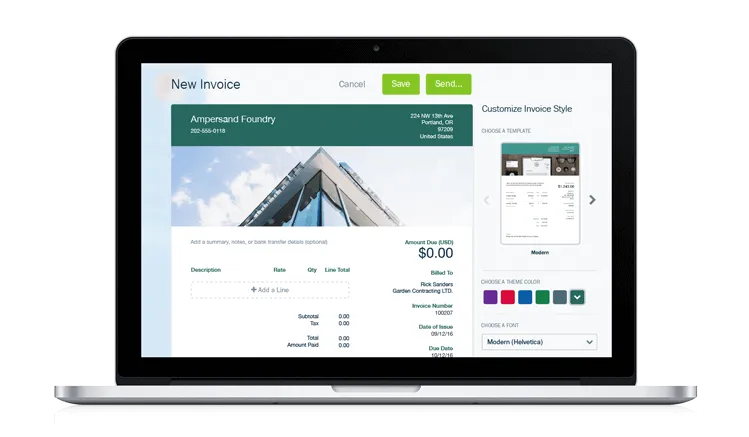
3. Invoice Immediately
Issuing invoices promptly is crucial for getting them cleared faster. In order to get the invoice clear faster, it is important to understand when to issue invoice. The faster you send out invoices requesting payment for your work, the quicker your clients will pay invoices. Make it a habit to send an invoice to your client as soon as the project is completed; you can even send the invoice along with your final draft of the work.
Not only will the invoice be due sooner than if you waited for the next billing period, but the project would also be fresh in your client’s mind, which might remind them to pay on time — or even submit early payments. If your invoice right away, the work is also fresh in your mind, so you’re less likely to make mistakes on the invoice that could lead to delayed payment.
4. Set Clear Payment Terms Up Front
Make sure you clearly discuss your payment terms with the client upfront and outline the details of those terms on your invoice. That way, your client will know exactly when to pay an invoice and what the penalties will be charged for late payment. If you let your client know these details when you’re discussing a project and signing the contract, it’s less likely there will be confusion about your payment terms when the bill comes due.
5. Accept More Payment Methods
Give your clients as many ways to submit payment as makes sense for your small business. Giving your customers flexibility with their payment methods can make the entire process easier and quicker for them, getting you paid quicker. As well as more obvious payment methods like cash and credit card, accept online payments or mobile payments to diversify your payment options.
6. Allow Automatic Payments
A great way to get paid quicker and know exactly when you’ll receive payment from a client is to allow automatic payments for your invoices. Automatic payments give clients the option to have the amount owing charged to their credit card or debit card automatically on the same day each month, so they don’t have to lift a finger to pay you. This simplifies the process for the client and eliminates the guesswork for you of wondering when you’ll be paid for your work. Send automatic payment reminders to help your clients stay on top of their payments. If you want to learn more about automatic payments, check out our post on Automatic Payment Services for Small Businesses, where we have explained the step-by-step process.
7. Offer Incentives
Offering incentives to clients for early payment, such as discounts off the invoice total or other forms of rewards, can help develop a habit among your clients of always paying bills ahead of the due date. You can offer a small discount, such as 2 percent off the total price, if the bill is paid within 10 days of the invoicing date. It might not save clients a ton of money, but it shows them you appreciate their business and can help you receive payment promptly.
8. Enforce Late Fees
You can think of incentives as the carrot and late fees as the stick: incentives reward good behavior, and late fees penalize the bad habit of missing payment deadlines. You should charge late fees on your unpaid invoices to encourage clients not to miss any deadlines. Make sure you clearly include the details of your late fee policy on your invoice in the payment terms section. Discussing your late fee policy directly with a client before you start working with them is also a good practice so there are no surprises down the road.

9. Follow Up on Late Payments
If a client’s invoice is past due, don’t hesitate to follow up with them. You need to be diligent about chasing down late payments to ensure your invoices get paid. The day an invoice becomes past due, send a brief reminder email to the customer informing them the payment is past due and reminding them of the payment methods you accept. Continue to send reminders at regular intervals, both by email and phone, until you secure your payment.
10. Always Be Polite
It’s important that you’re always polite with clients when you send invoices and follow up on past-due bills. Include a pleasant “please” and “thank you” on your invoice, your accompanying email, and any invoice reminders to show your gratitude and leave a good impression. Being calm and polite with clients when their payment is overdue can ensure you maintain a good relationship and don’t sabotage opportunities for future work with the company.
How Much to Charge in Late Fees on Unpaid Invoices
To help get paid quicker, small businesses and freelancers should consider charging interest on overdue invoices. A late fee policy on your invoices can encourage your clients to pay their bills on time to avoid being hit with extra charges. Ensure your policy details are clearly outlined when you send invoices.
You should also discuss late fees with clients before you start a project. The amount you can charge in late fees will depend on the state you live in. States govern the maximum annual amount of interest a business can charge. It’s common for small businesses to charge 1.5 percent interest per month, and this shouldn’t violate your state’s usury laws. For more details on the charges and the calculation of late fees, please refer to our post titled How Much Can I Charge for Late Payment of Invoices. In this post, we cover the essential aspects of late fee policies, including effective communication of these charges to your clients
Waiting for client payments to come through is never fun. Spend less time chasing clients and let them pay their preferred way — online. FreshBooks invoicing software makes collecting payments easily, and we’ll send reminders to them so you don’t have to. Learn more about our invoicing services, and start your free trial today.
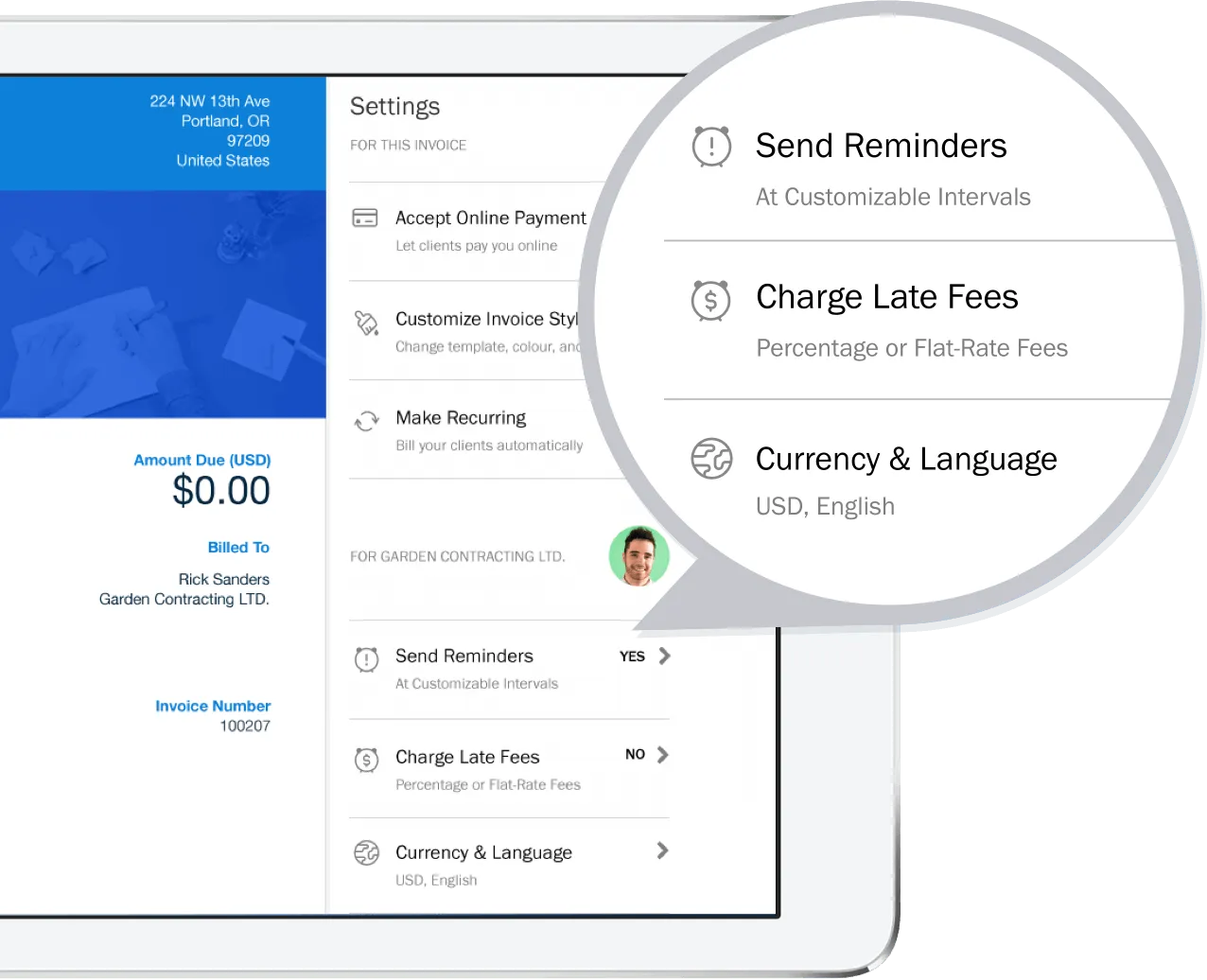
Conclusion
Prompt payment is a key part of maintaining healthy cash flow and growth for your business. But when invoicing is your main avenue of income, it can lead to serious issues when client payments are delayed. Understanding these best practices for getting invoices paid faster will be an essential part of your process, ensuring quick payment and steady income for the long term.
If you’re looking for a simple-to-use yet highly capable invoicing tool, FreshBooks is here to help. Our cloud-based invoicing software offers countless features to help small business owners collect invoices sooner, including automated payment reminders, built-in late fee functionality, and multiple payment options for clients. Click here to learn more about FreshBooks invoicing software.
FAQs on How to Get Invoices Paid Faster
More questions on improving your invoicing process? Here are some of the top questions on how to get invoices paid on time.
How long does it take to get paid through invoice?
Nowadays, receiving payment for your invoice is much faster than before. Thanks to electronic bank transfers and money transfer apps, you could theoretically be paid upon receipt of the invoice by your client. Remember to include your invoice due date to control when you receive your payment.
What is the fastest payment method?
The fastest way to get paid is to set up automatic payments with repeat clients. If they have the same order regularly, you can automatically receive money on a specified day each week or month. Alternatively, payment methods like bank transfers and PayPal can make timely payments a regular occurrence.
How long can an invoice go unpaid?
It’s up to you to specify a payment due date when you write and send invoices. If the invoice is still outstanding after this date, you should try to politely follow up and remind your client to forward payment. If they still don’t pay, you’ll need to explore other avenues, such as debt collectors or legal proceedings.
What are the key stages most invoices pass before getting paid?
Invoices typically go through four steps prior to payment, known as invoice processing. First, the client ‘captures’ the invoice, receiving it via fax, mail, email, or an online accounting software. Then the invoice is registered with a code and other invoice data. The invoice is then dispatched to an authorized approver, who will reject or approve it. Payments are sent for approved invoices.
Reviewed by
Jami Gong is a Chartered Professional Account and Financial System Consultant. She holds a Masters Degree in Professional Accounting from the University of New South Wales. Her areas of expertise include accounting system and enterprise resource planning implementations, as well as accounting business process improvement and workflow design. Jami has collaborated with clients large and small in the technology, financial, and post-secondary fields.
RELATED ARTICLES



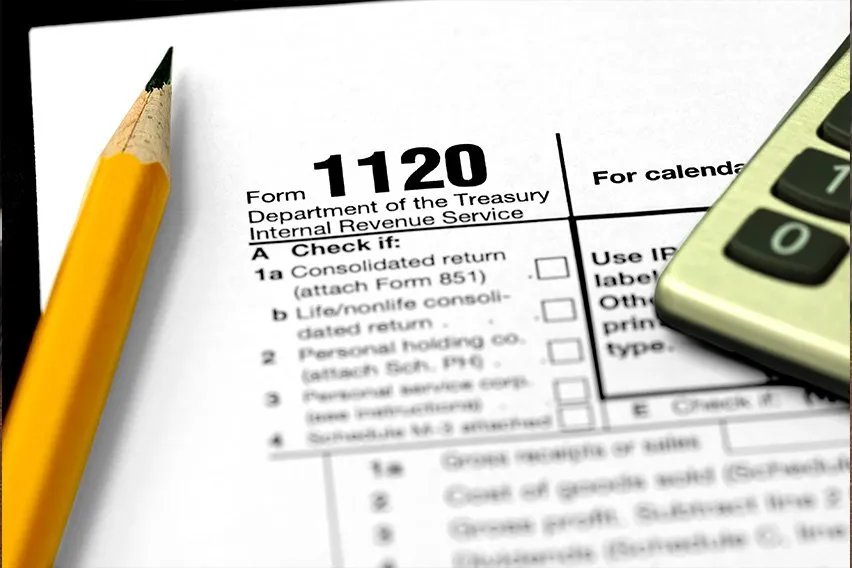 What Is a 1120 Tax Form? Facts and Filing Tips for Small Businesses
What Is a 1120 Tax Form? Facts and Filing Tips for Small Businesses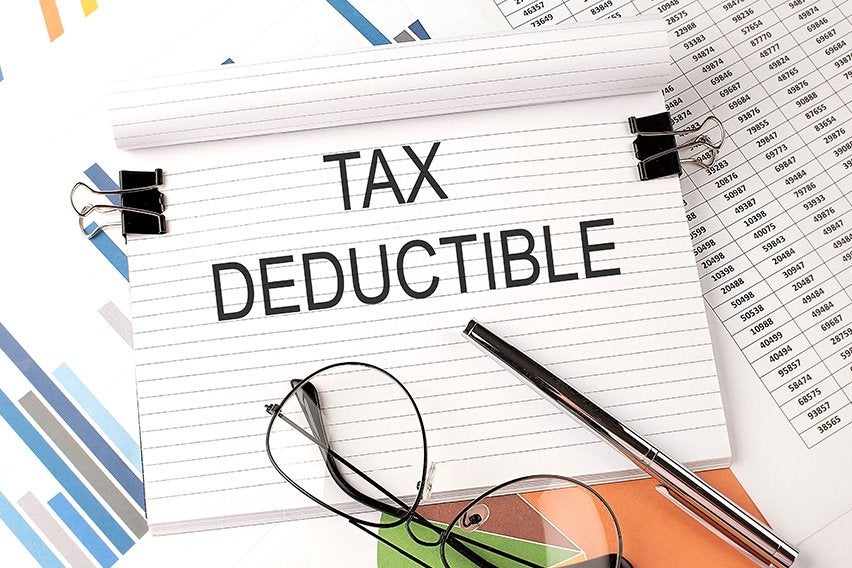 Tax Deductions for Start-up Businesses
Tax Deductions for Start-up Businesses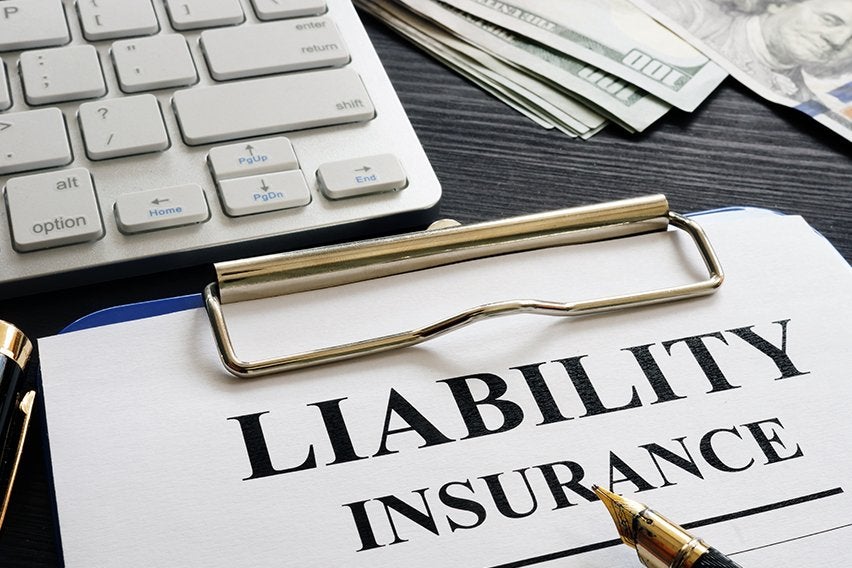 What Are Assets and Liabilities: A Primer for Small Businesses
What Are Assets and Liabilities: A Primer for Small Businesses Accounting for Entrepreneurs: A Guide for Small Business
Accounting for Entrepreneurs: A Guide for Small Business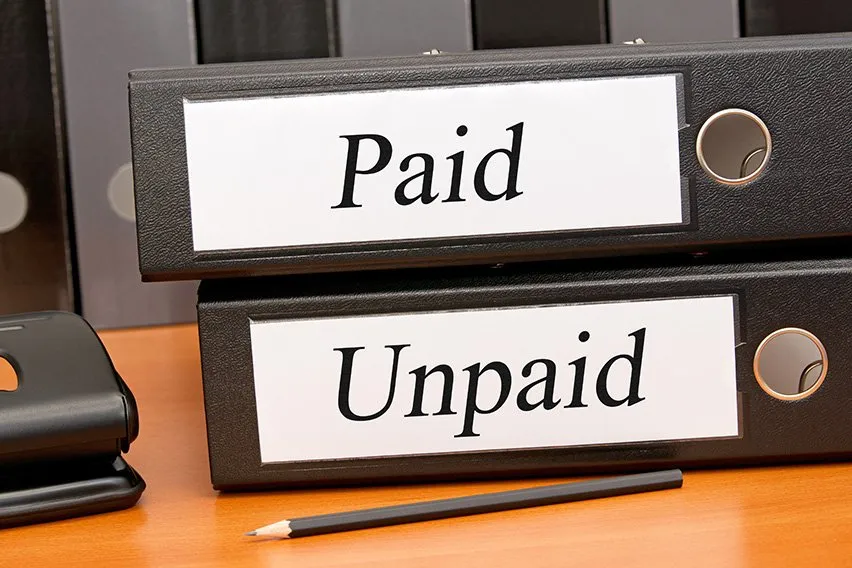 Invoice tracking: How to keep track of invoices and payments
Invoice tracking: How to keep track of invoices and payments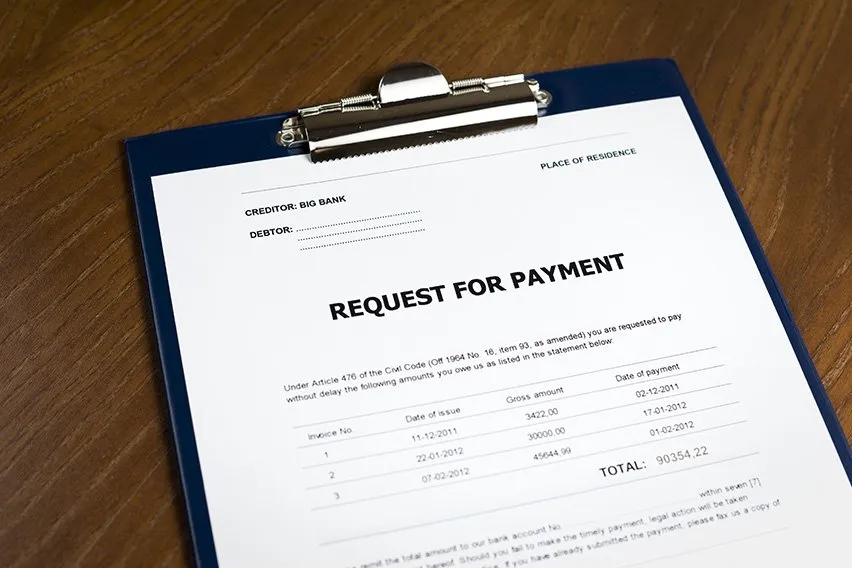 How to Ask for Payment Professionally: With Templates and Examples
How to Ask for Payment Professionally: With Templates and Examples